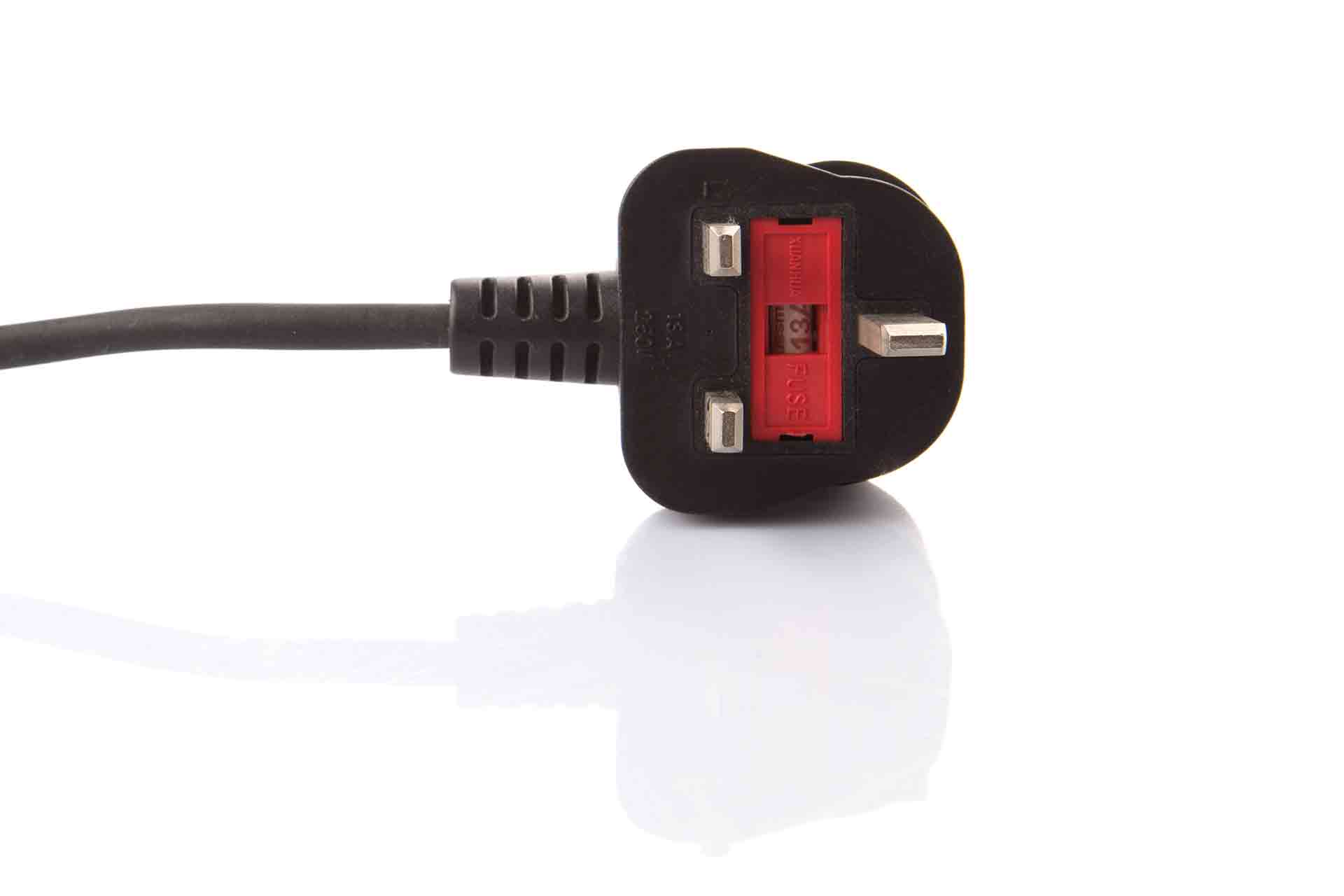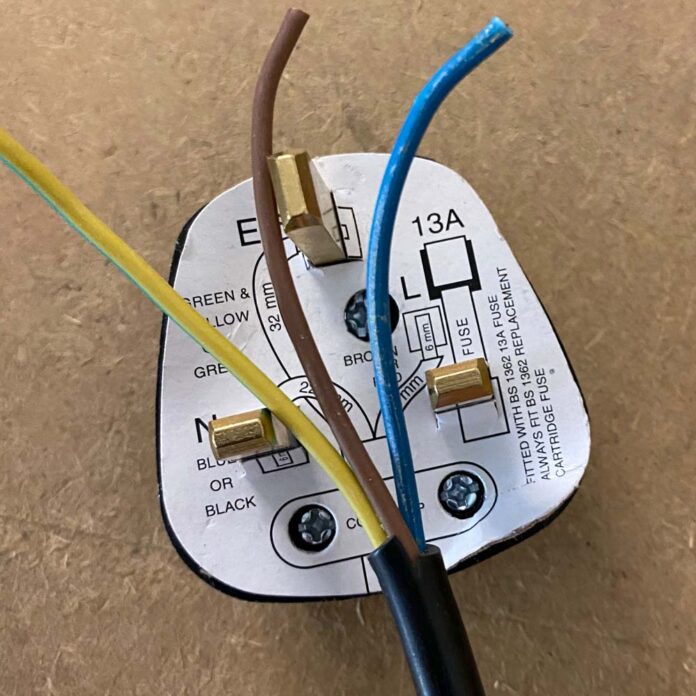Learn to navigate the maze of cords with ease! Our guide demystifies plug wiring for beginners, ensuring safety and organization. Say goodbye to tangles! We’ve all been there. You reach behind your desk for your phone charger, only to be met with a monstrous knot of cords. Or, you try to unplug a lamp, but a neighboring power strip throws the whole operation into chaos. Fear not, fellow strugglers! With a little know-how, you can transform your tangled tech tendrils into a tamed and tidy network.
This beginner’s guide will equip you with the knowledge to tackle basic plug wiring. We’ll explore the different types of plugs and cords, teach you safe handling techniques, and introduce some organizational methods to keep your wires under control.
Contents
Plug Wiring Power! A Breakdown of the Basics
First things first, let’s get familiar with the players in the wiring world. The most common household plug in North America is the two-pronged polarized plug. One prong is slightly wider than the other, ensuring proper connection and preventing shocks. Three-prong grounded plugs add a ground pin for additional safety with appliances that conduct electricity.
On the other end of the wire, you’ll find the business end – the plug itself. There’s a vast array of plug types used for various appliances, but some common ones include:
- AC adapter plugs: These convert alternating current (AC) from the wall outlet to the direct current (DC) needed by many electronics.
- Barrel plugs: Often used for laptops and small electronics, these cylindrical plugs fit snugly into their designated ports.
- USB plugs: The ubiquitous USB (Universal Serial Bus) plug comes in various types (A, B, C) and is used for charging and data transfer.
Safety First: Essential Handling Tips
Before we delve into the organization, safety is paramount. Here are some key points to remember:
- Never handle plugs with wet hands. Water conducts electricity, increasing the risk of shock.
- Don’t yank on cords. This can damage the wire and the plug itself. Grip the plug head, not the cord, to unplug appliances.
- Inspect cords regularly. Look for fraying, cracks, or exposed wires. Damaged cords should be replaced to prevent electrical hazards.
- Avoid overloading outlets. Don’t plug in too many devices at once. This can overheat the outlet and cause a fire.

Conquering the Cable Chaos: Taming Techniques
Now that you’re prepped on the basics, let’s get organized! Here are some methods to keep your wires under control:
- Labeling: Use cable ties or tape to label cords with their corresponding devices. This saves you time tracing tangled wires.
- Cord wraps: Invest in reusable fabric or velcro cord wraps to bundle cords together. This keeps them tidy and prevents tangles.
- Power strips: Consolidate your plugs by using power strips with surge protection. This reduces the number of cords plugged directly into outlets and provides extra protection for your electronics.
- Cable management trays: For areas with a lot of cords, consider using cable management trays that attach under desks or behind entertainment centers. These keep wires out of sight and prevent them from getting snagged.
Bonus Tip: DIY Cord Control
Feeling crafty? Here’s a fun way to tame your tech tendrils:
- Toilet paper roll organizers: Repurpose empty toilet paper rolls into cord organizers. Decorate them with paint or washi tape for a personal touch. Simply cut a slit along the side of the roll and thread your cords through.



